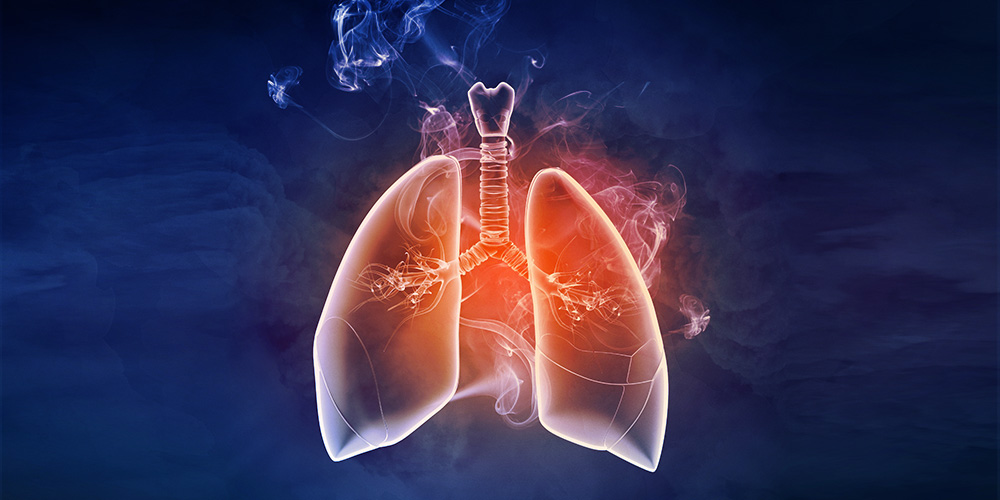
Three dimensional printing has been around since the mid-1980s, but in recent years, its usage has become more widespread, particularly as it relates to medical applications. Advancements in the field of 3D printing have made it possible to produce patient-specific prosthetics and implants that are fast, easy and cheap to make. One condition that has been successfully treated by the use of this technology is called tracheobronchomalasia. This occurs when a child is born with underdeveloped tissues in the airway, which cause it to collapse. It is extremely serious, and life-threatening respiratory and cardiac events can occur as a result. Nowadays, however, researchers are able to customize splints for these children which, when implanted, expand and grow as the tissues they are supporting become stronger. Eventually, the device is absorbed by the body, making removal surgery unnecessary.
Further benefits include reduced waste (only what is needed is printed), and physician preparedness, which can be critical for patients who are undergoing very complicated or extremely delicate surgeries that require extreme precision. Dr. Oren Tepper, who is a board certified plastic surgeon specializing in cosmetic and reconstructive surgery, recently consulted a variety of 3D “print-outs” to prepare for his role in the separation of conjoined twins at Montefiore Medical Center in New York. Joined at their heads (including portions of their brains), Dr. Tepper and a large team of medical professionals had approximately forty models of the boys’ anatomy to study in advance of the surgery. These included accurate three-dimensional representations of the twins’ vasculature, cranial structure and sinus pathways among many others. Studying the models was essential in developing a surgical plan that would have the most chance of success. Complicated procedures in the future will undoubtedly become more precise and much safer because of this technology.
3D printing has unlimited potential in the medical field with researchers exploring a multitude of possibilities. There currently exists a 3D printer that can map a burn and determine (layer by layer) how to fill in the wound by printing it directly onto the patient! With researchers currently printing versions of bone, blood vessels and cartilage, the industry is exploding with potential. One day we may even be able to print out our own prescription drugs by simply downloading the correct program. The kids who are printing plastic doll furniture and dinosaurs today might grow up to become the scientists who figure out how to print organs tomorrow.
Learn more about Dr. Oren Tepper’s work and how he uses 3D printing on this week’s episode of Weekly Infusion.
Some of the links on this website are affiliate links, and as an Amazon Associate, we may earn an affiliate commission from qualifying purchases – at no cost to you.
This website is for informational and/or entertainment purposes only and is not a substitute for medical advice, diagnosis, or treatment.
© 2025 Drew Pinsky Inc. | All Rights Reserved
Get alerts from Dr. Drew about important guests, upcoming events, and when to call in to the show.
For text alerts, msg and data rates may apply